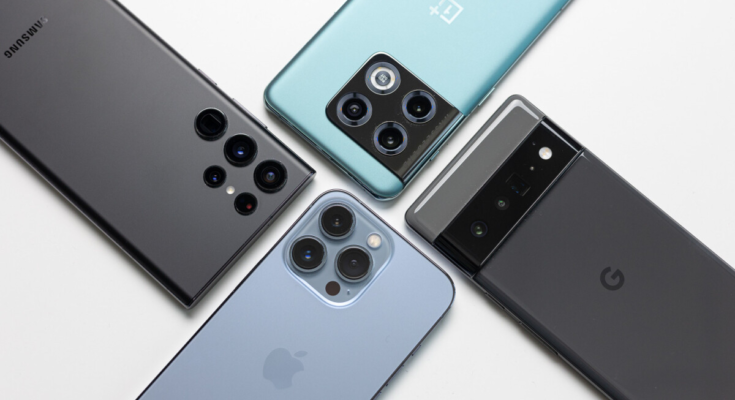![]()
![]()
This applies with full force to today’s top phones. Of course, we’re talking about the usual suspects, the popular top offerings of Apple, Samsung, Google, and OnePlus, which are usually among the best cameraphones around, combining versatile cameras with intriguing software features.
Without any further ado, let’s go!
Scene 1
This one is a regular daytime scene taken at a local children playground. The image was taken in the late afternoon, and the sun shining on this castle slide really made the colors pop, and I couldn’t resist snapping a couple of pictures.
Scene 2
Here’s a chance to test out the ultra-wide capabilities of each phone. I tried capturing as much of the clouds alongside with this smaller kids’ slide, and as you can see, some phones have done an objectively better job at that.
Scene 3
Despite the hardware differences of all four phones, detail is nearly impeccable in all photos. Just look how ‘sharp’ those spruce leaves are, both literally and figuratively!
Scene 4
Macro photography has gradually become an important aspect of today’s top phones, as each and every one is more than capable of snapping an awe-inspiring close-up shot of a plant or an insect. Some of the phones in this comparison employ different tricks to achieve better focus at close distances. For example, both the iPhone and the Galaxy intelligently switch to their ultra-wide cameras because they focus at closer distances at the cost of a background that has less bokeh and is not as creamy.
Scene 5
Now, using each phone’s dedicated telephoto lens will quickly reveal who’s who in our blind camera comparison, especially to the keener eye. That’s why I’ve used a 3.5X zoom on all phones to capture this sample image, as it’s not native on any of the telephoto lenses: the iPhone 13 Pro and the Galaxy S22 Ultra have 3X telephoto lenses, the OnePlus uses a 3.3X one, and the Pixel 6 Pro uses a 4X telephoto lens. A compromise that had to be made.



